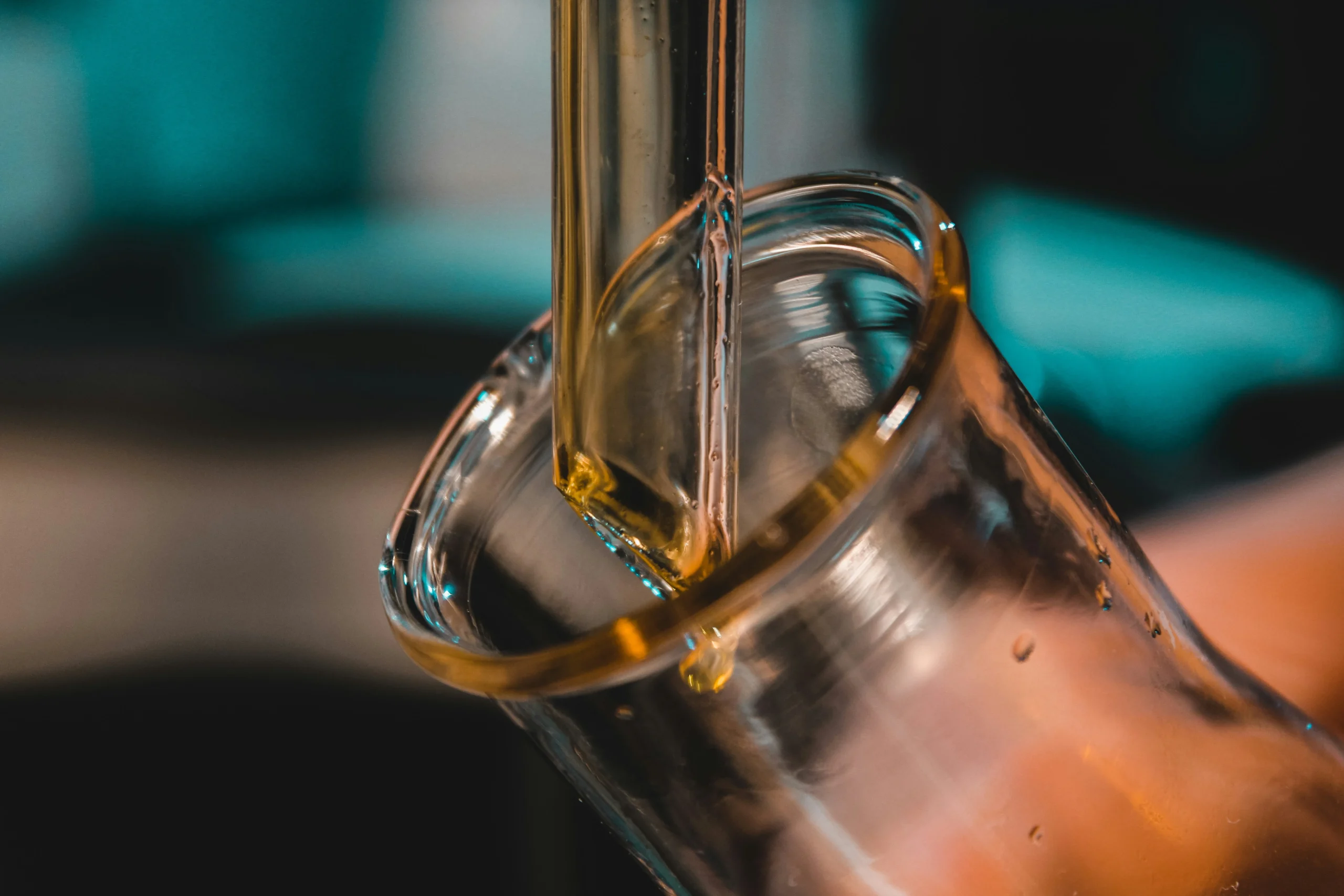2,3-Dimethyl-1-butene, a compound commonly used in the production of synthetic rubber and plastic materials, plays a significant role in everyday life. This organic compound is utilized in the manufacturing of various items such as tires, adhesives, sealants, and other products that are essential in modern society. As such, its production and incorporation into everyday products have a direct impact on the functionality and efficiency of numerous consumer goods.
Table of Contents:
- 💡 Commercial Applications
- ⚗️ Chemical & Physical Properties
- 🏭 Production & Procurement
- ⚠️ Safety Considerations
- 🔬 Potential Research Directions
- 🧪 Related Compounds
💡 Commercial Applications
2,3-Dimethyl-1-butene finds various commercial and industrial applications due to its unique properties. It is commonly used as a solvent in the manufacturing of adhesives, coatings, and sealants. Additionally, it is utilized as a chemical intermediate in the production of pharmaceuticals, fragrances, and flavors.
In the pharmaceutical industry, 2,3-Dimethyl-1-butene is utilized as a starting material for the synthesis of various drug compounds. Its ability to undergo various chemical reactions makes it an essential building block for creating new medicines. Additionally, some medications may contain 2,3-Dimethyl-1-butene as an important component in their formulation for specific therapeutic purposes.
Overall, the commercial and industrial applications of 2,3-Dimethyl-1-butene are vast and diverse, ranging from its use as a solvent in manufacturing processes to its role as a chemical intermediate in pharmaceutical production. Its versatility and compatibility with various chemical reactions make it a valuable compound in a wide range of industries.
⚗️ Chemical & Physical Properties
2,3-Dimethyl-1-butene is a colorless liquid with a pungent odor. It is a volatile compound that easily evaporates into the air.
The molar mass of 2,3-Dimethyl-1-butene is approximately 84.16 g/mol, with a density of about 0.66 g/cm³. In comparison, common food items like sugar have a higher molar mass but lower density.
The melting point of 2,3-Dimethyl-1-butene is around -117°C, while the boiling point is approximately 45°C. These values are significantly lower than those of common food items like butter and chocolate.
2,3-Dimethyl-1-butene is insoluble in water, and has a low viscosity. This makes it different from common food items like salt and honey, which are water-soluble and have higher viscosities.
🏭 Production & Procurement
2,3-Dimethyl-1-butene is typically produced through the catalytic dehydrogenation of isopentane or 2,3-dimethyl-2-butene. This process involves using a catalyst such as platinum or palladium at elevated temperatures.
After production, 2,3-Dimethyl-1-butene can be procured from chemical manufacturers or suppliers. The compound is commonly transported in liquid form in specialized containers to ensure its stability during transit.
Alternatively, 2,3-Dimethyl-1-butene can be obtained from chemical distributors or wholesalers who specialize in handling and transporting various chemical compounds. These distributors typically have the necessary equipment and facilities to store and transport the compound safely.
⚠️ Safety Considerations
Safety Considerations for 2,3-Dimethyl-1-butene:
2,3-Dimethyl-1-butene is a highly flammable liquid that may form explosive vapor-air mixtures. Therefore, it should be stored in a cool, well-ventilated area away from heat, sparks, and open flames.
When handling 2,3-Dimethyl-1-butene, it is important to wear appropriate personal protective equipment, such as gloves, goggles, and a lab coat, to prevent skin contact and inhalation of vapors. In case of accidental exposure, immediate medical attention should be sought.
It is also advised to use proper engineering controls, such as local exhaust ventilation, to minimize the risk of inhalation and skin contact with 2,3-Dimethyl-1-butene. Additionally, spillages should be promptly cleaned up using suitable absorbent materials and disposed of according to local regulations.
🔬 Potential Research Directions
One potential research direction for 2,3-Dimethyl-1-butene is the study of its reactivity in various chemical reactions. Understanding the mechanisms by which this compound reacts with other substances can provide insights into its potential applications in organic synthesis.
Another possible avenue of research is the investigation of the physical properties of 2,3-Dimethyl-1-butene, such as its boiling point, melting point, and solubility. These properties can offer valuable information for determining the compound’s potential uses in industry or academia.
Furthermore, exploring the potential environmental impact of 2,3-Dimethyl-1-butene is an important area of research. Assessing its toxicity and biodegradability can help researchers understand its risks and benefits, as well as contribute to the development of safe handling practices for this compound.
🧪 Related Compounds
One similar compound to 2,3-Dimethyl-1-butene is 2,2-Dimethyl-1-butene. This compound has a similar molecular structure, with the same butene backbone but differing in the positioning of the methyl groups. In 2,2-Dimethyl-1-butene, both methyl groups are attached to the second carbon atom of the butene chain, leading to a slightly different chemical behavior.
Another similar compound is 1,1-Dimethyl-1-butene, which also shares the same butene backbone but has both methyl groups attached to the first carbon atom of the chain. This different positioning of the methyl groups results in unique chemical properties compared to both 2,3-Dimethyl-1-butene and 2,2-Dimethyl-1-butene. The varying positions of the methyl groups in these compounds can lead to differences in reactivity and stability.
Additionally, 2-Methyl-1-butene is another compound similar to 2,3-Dimethyl-1-butene. In this compound, there is only one methyl group attached to the butene chain, positioned at the second carbon atom. While it shares some structural similarities with 2,3-Dimethyl-1-butene, the presence of only one methyl group can impact the compound’s overall properties and behavior in chemical reactions. The comparison of these similar compounds highlights the importance of subtle structural differences in determining the chemical behavior of organic compounds.

